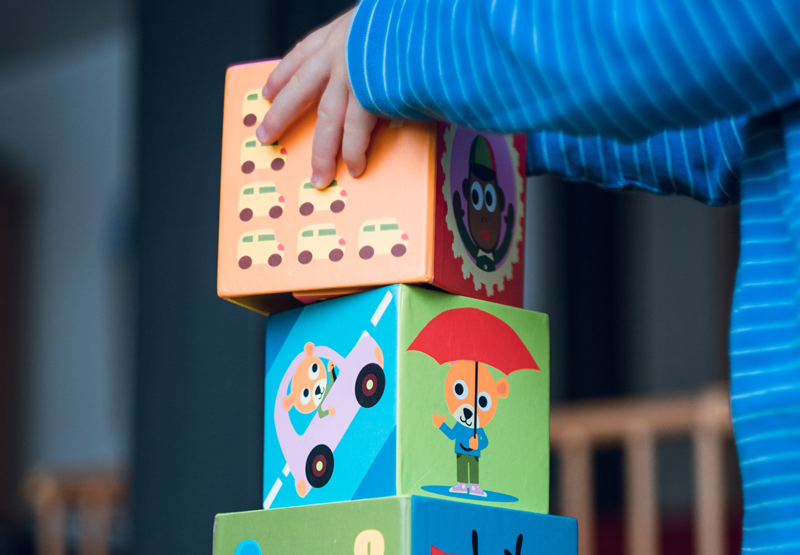
Dear Parents,
In this article, we want to explain a little more about our approaches to teaching and learning. Some years ago, there was a tendency to switch
Teaching needs to be varied and motivating. Transmission works in straight lines, but creative learning needs multiple angles, curves
Recent long-term research by the University College, London has definitively proved that the Early Years’ experience still has a major impact on students’ learning at 18 years of age. Although manifested in different forms, they still need circle time to sit, listen, talk, and think together. They need to learn through play: entertaining activities, teacher- and pupil- led sessions, and the play of language, thoughts, ideas, the joy of creativity.
In our school, pupils will also be strongly supported in their personal, social, emotional and spiritual development. They will acquire strong values, such as respect, kindness, and direct action to support others. Teachers will provide excellent role models and help pupils reflect on how they learn and live together. Values have to be seen in practice and then shared.
Our school will consist of many learning spaces, inside and outside the building, One vital learning space is the home. Parents need to work closely with the school, if the children are to have a rich education, both as pupils and persons. Most of all, children need time with their parents. They need to talk about their learning, keep thinking critically and creatively, have fun with the family, and reinforce values. Sometimes, the knowledge is acquired at home, for example through teacher videos, and the explorations, investigations, and deeper thinking take place at school, as in flipped learning.
Children’s learning has to be collaborative, both inside and beyond the school. Working together as a learning community, pupils,parents and staff can ensure that our pupils’ academic attainment and personal achievement will be outstanding.
The Directors of Education